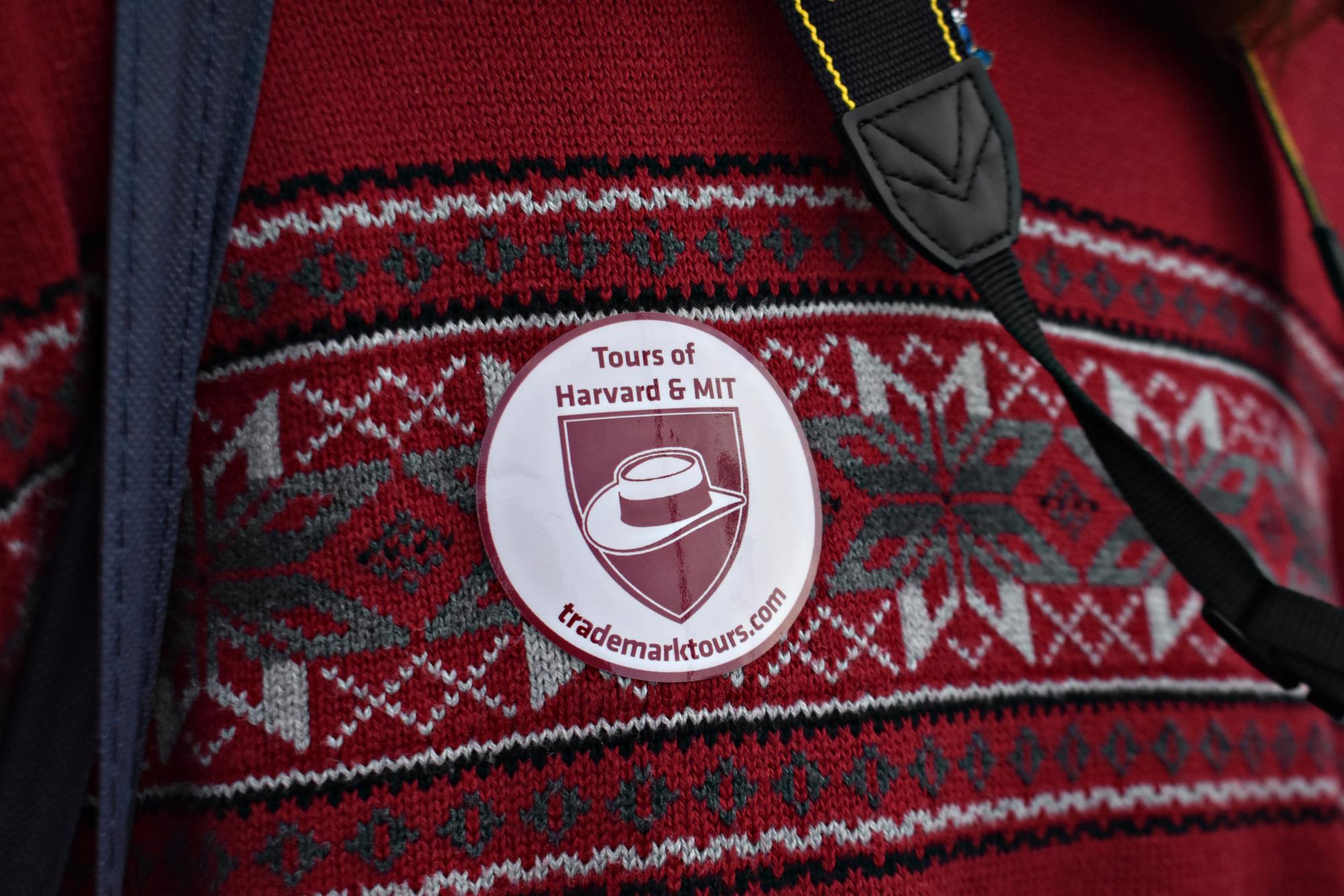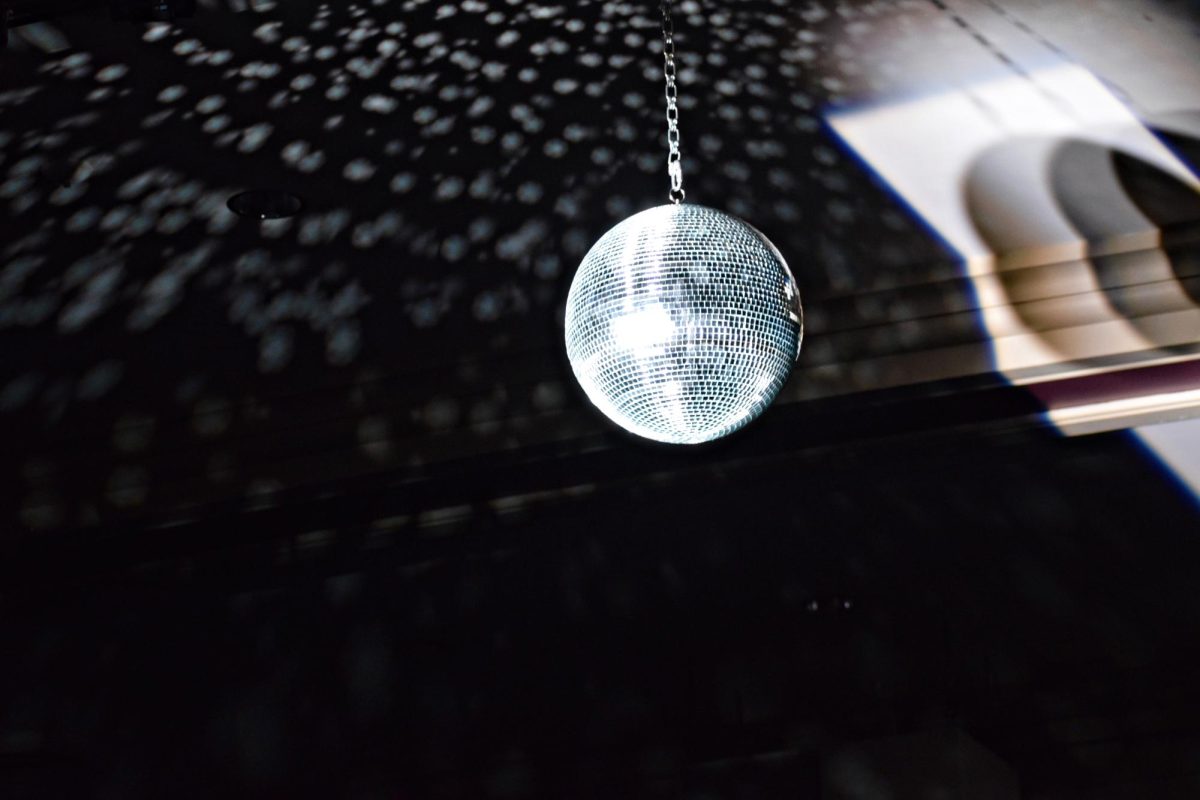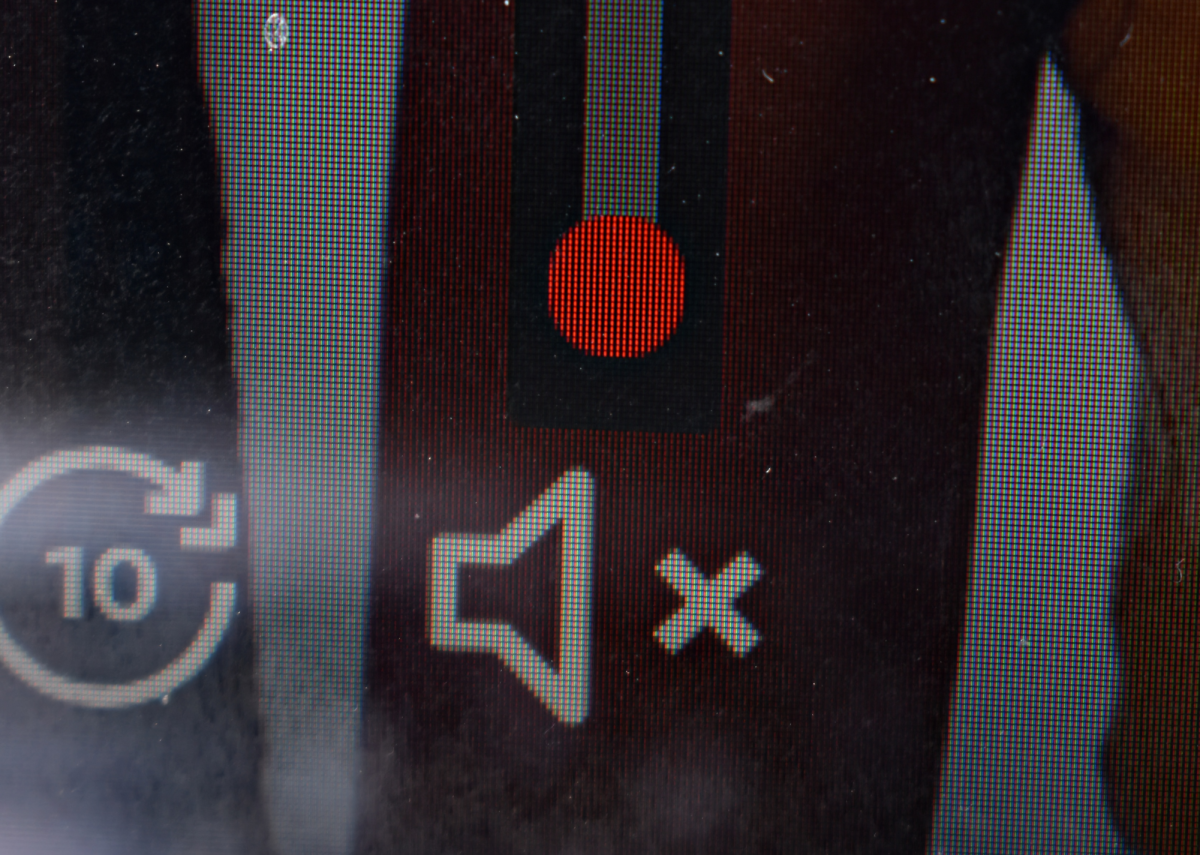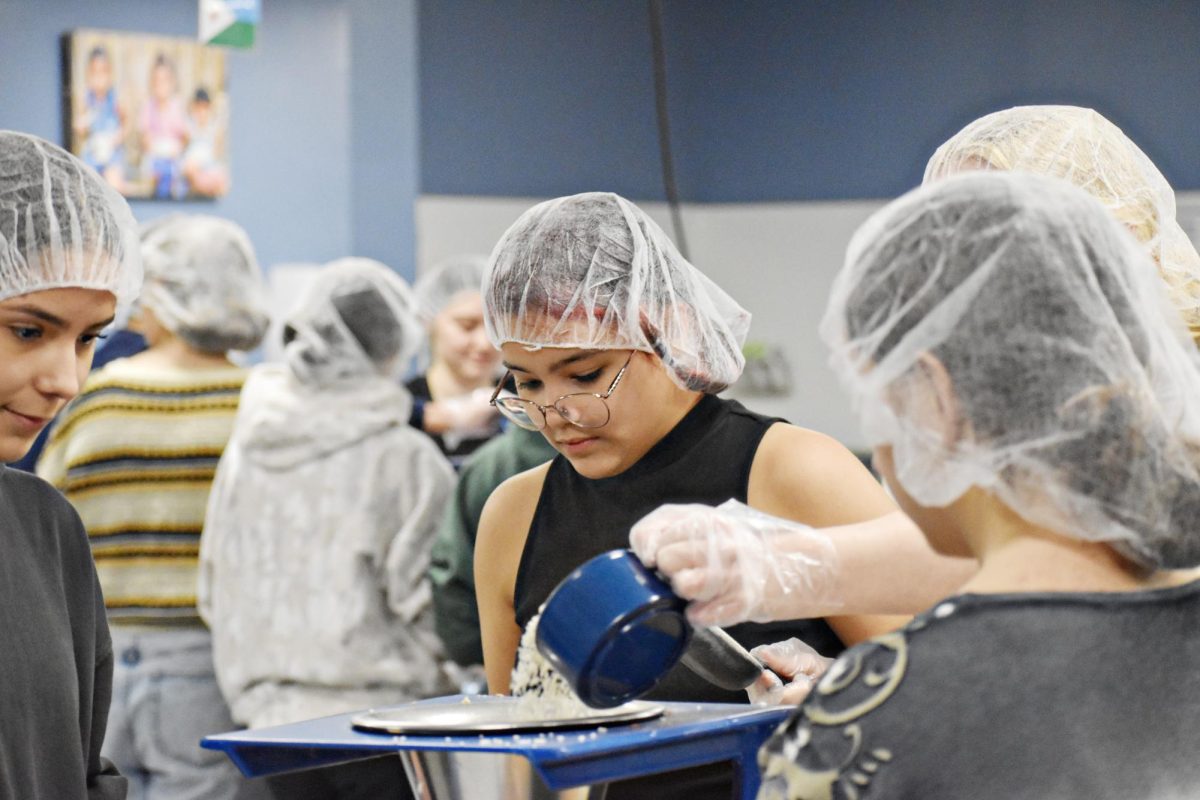In Cambridge, Massachusetts, the oldest American University stands and continues to educate prestigious young students. Harvard University is a historical site where many past United States Presidents attended college. Harvard continues to be a leader in education and produces established scholars into society.
Harvard’s campus is 5,067 acres of historic brick buildings and grassy areas. Just 13 miles from downtown Boston, Harvard is an aesthetic gem: a completely picturesque East Coast university.
Harvard’s campus is open for visitors and locals to walk through and enjoy, but they also have tours that are guided by current students. Visitors interested must register beforehand for the hour-long tour. Sneaking into a Harvard class like Rory Gilmore is not permitted.
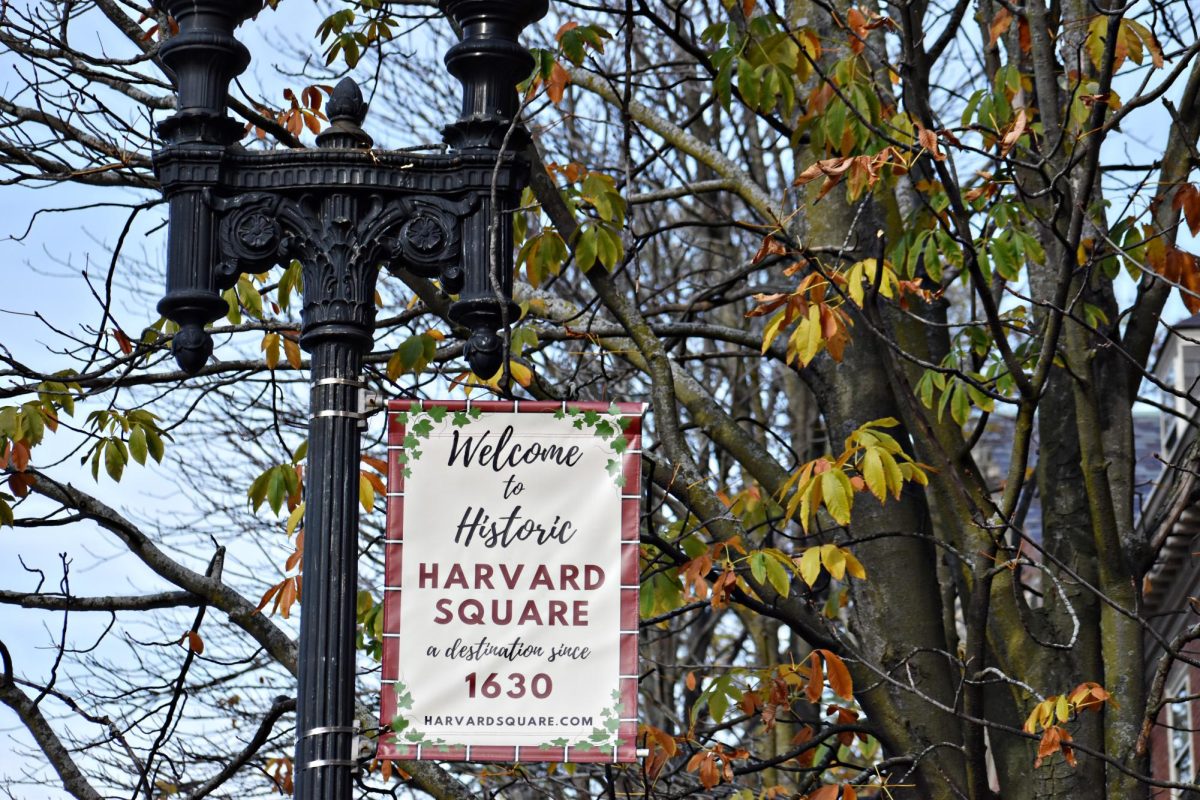
A banner displayed on a light post welcomes those who are within Harvard Square, a plaza named after Harvard University. This plaza is located within the intersections of Massachusetts Avenue, Brattle Street, and John F. Kennedy Street. During this time of year, the campus is full of multi-colored leaves since the fall weather is in full swing.
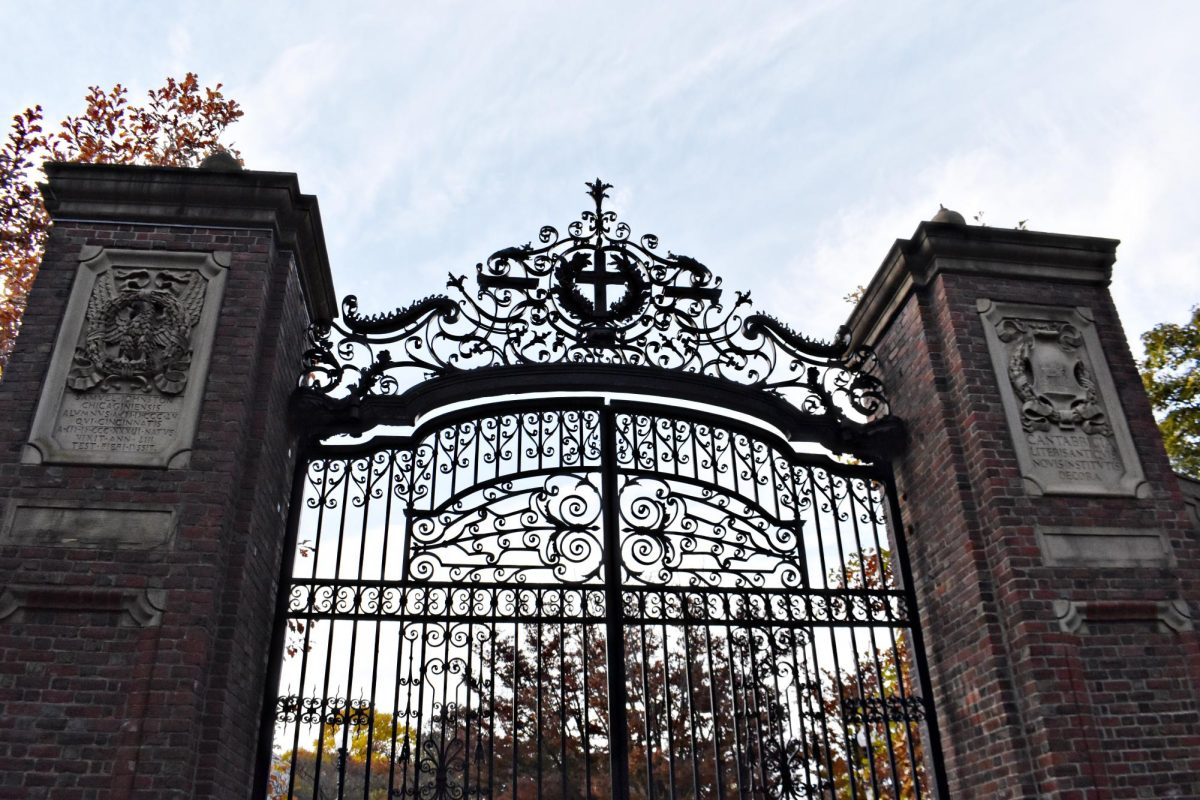
Upon arrival on the campus, visitors do not enter through the main gate: they enter through a side gate due to the superstitious tale about Harvard’s primary entrance. According to students and faculty, the main gate should only be walked through twice; once as a freshman and once as a senior graduated from Harvard. This is why the main gate is never open: the administration would not want someone to curse themselves with bad luck on accident.
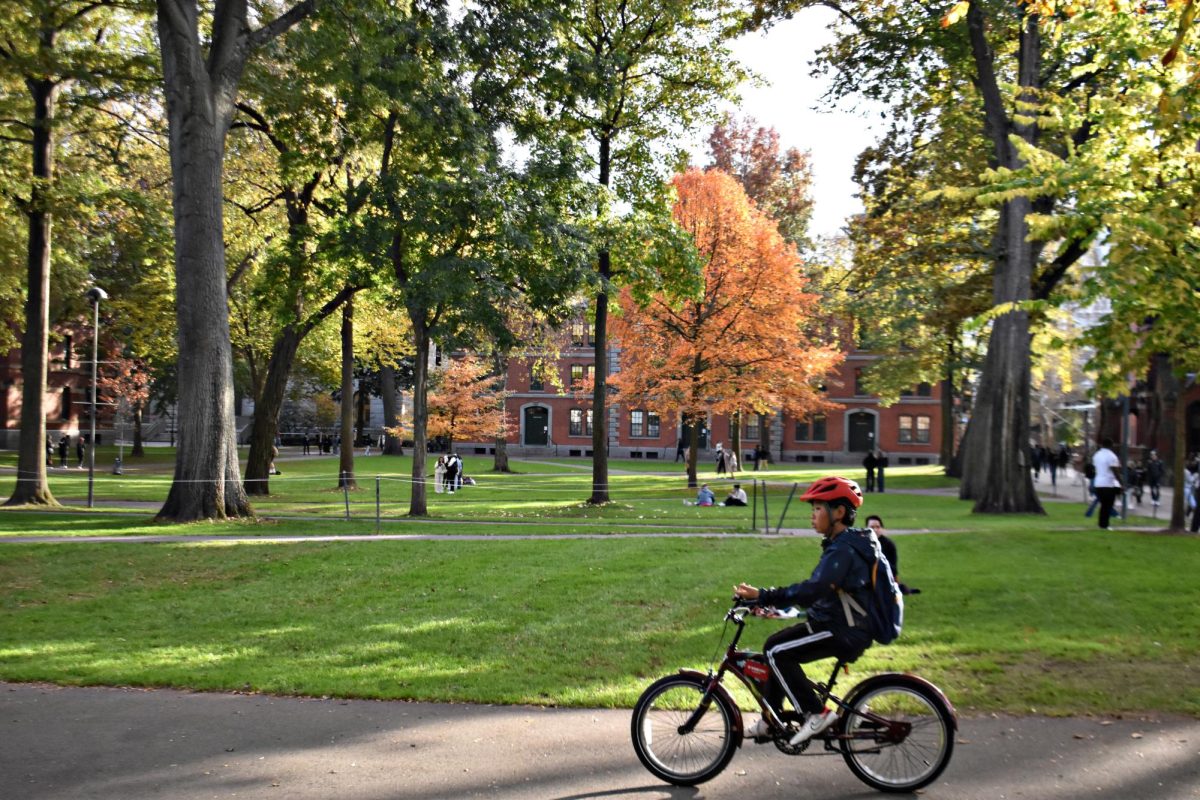
Harvard’s campus has a traditional university quad that is in the center of the dorms. Students can be seen studying, relaxing, or biking in the quad as they take in the picturesque landscape. Being in the quad feels like the scene in “Legally Blonde” where Elle Woods is sitting on a lounge chair, studying law. Although, before, such a scene would not have been a common occurrence for women.
Up until 1999, women received different diplomas from Harvard than men. In 1879, a separate women’s college was established down the street. Harvard professors would teach the men on the main campus and then walk down the street in the afternoon to teach the women. However, during World War II, women were welcomed onto Harvard’s main campus because there were not enough men around to fill the spots at Harvard. Since then, women have remained on the main grounds of Harvard.
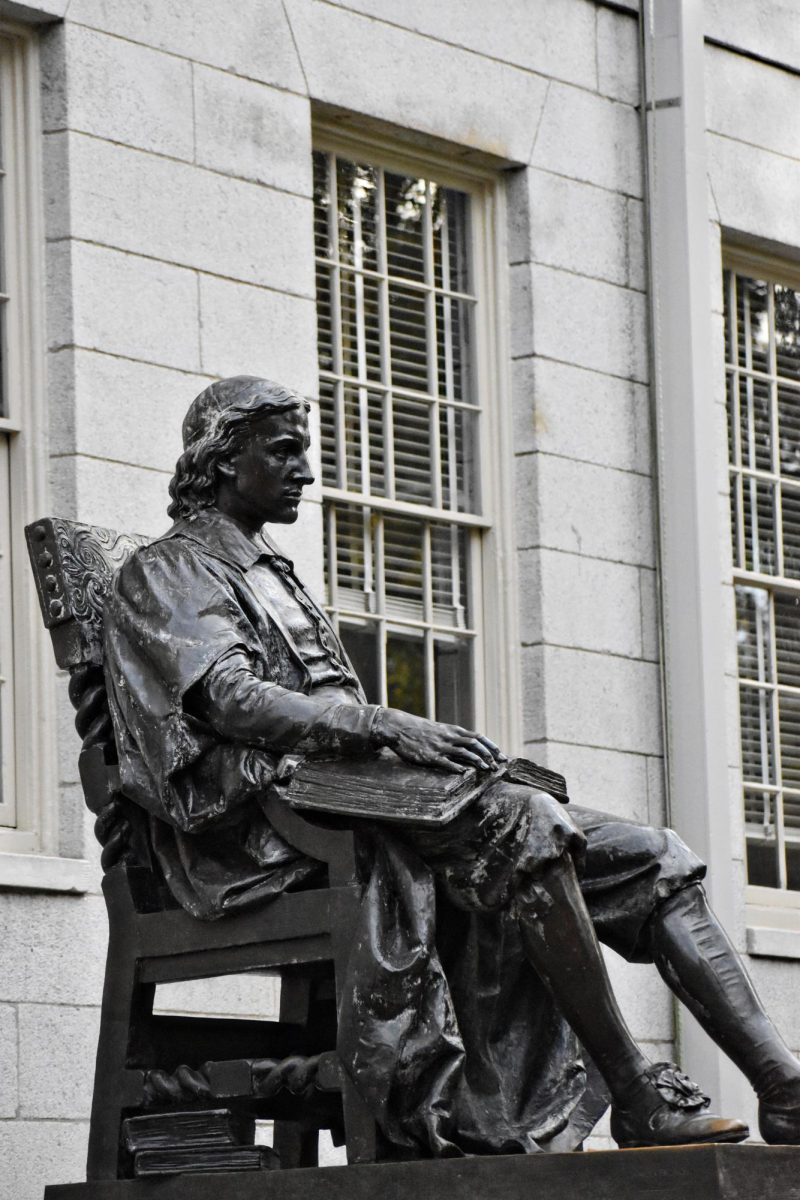
At the center of the quad, there is a statue with the name John Harvard engraved at the base. Most visitors will assume that John Harvard must have been the founder of Harvard, so they placed the statue there in his remembrance; however, the statue is actually none of those things.
“Here at Harvard, we tend to refer to the statue as the three lies,” tour guide Grace (last name withheld) said:
- The statue is actually not John Harvard. Even though his name is engraved at the base, there were no surviving representations of John Harvard due to a fire; therefore, the statue looks nothing like how scientists imagine he looked like. In reality, the statue has been said to be created from the appearance of Sherman Hoar, an old U.S. Congressman.
- John Harvard was not the founder of Harvard University. The university was founded by the Great and General Court of the Massachusetts Bay Colony. John Harvard was just a man who donated half of his estate and library to the university.
- The engraving declares that Harvard was founded in 1638, but Harvard was actually founded two years earlier in 1636.
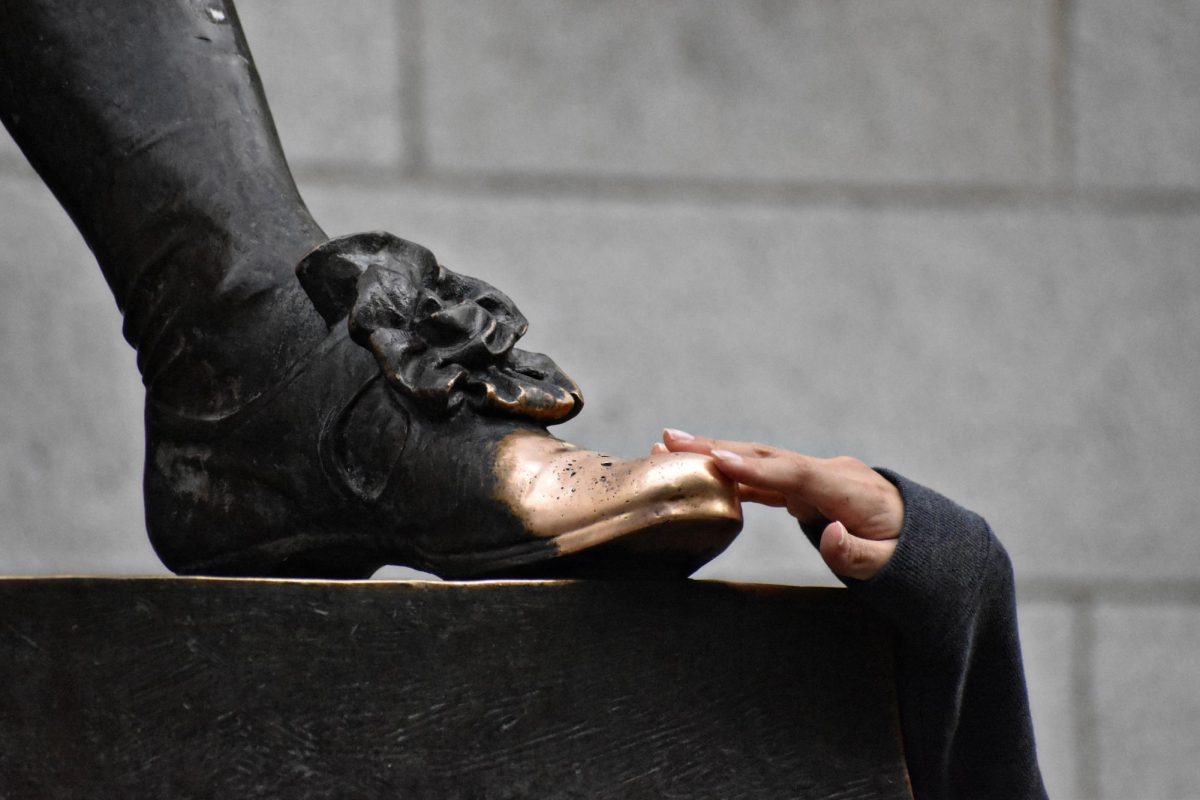
The left shoe on the “John Harvard” statue has turned a golden color due to the large number of individuals, especially tourists, who have touched his toe. This discoloration is the occurrence of a chemical reaction within the bronze due to the contact of human touch.
According to students who attend Harvard, touching the toe of the John Harvard statue brings “good luck”. This practice is often done by Harvard students during the week of finals as a way to – hopefully – have John Harvard aid them with their major exams.
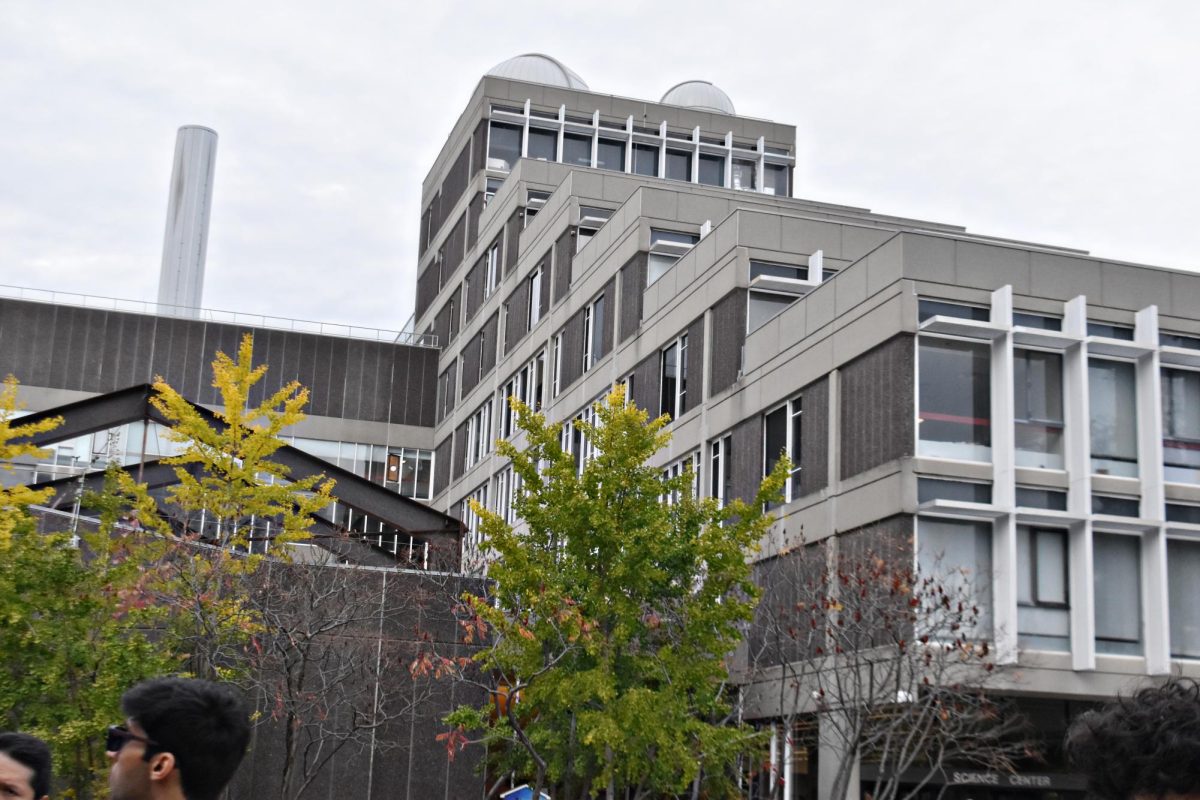
When individuals think of Harvard, they may not conjure images of a typical STEM campus, but Harvard does, in fact, have science programs ranked among the very best. This is the main science building where STEM-related classes take place. The building was erected in the 1970s and is modeled after the Polaroid camera.
It is said that as students develop in their science majors and get closer to graduation, their classes move up a level in the building. Freshman classes are on the first floor and senior classes are held at the top floor.
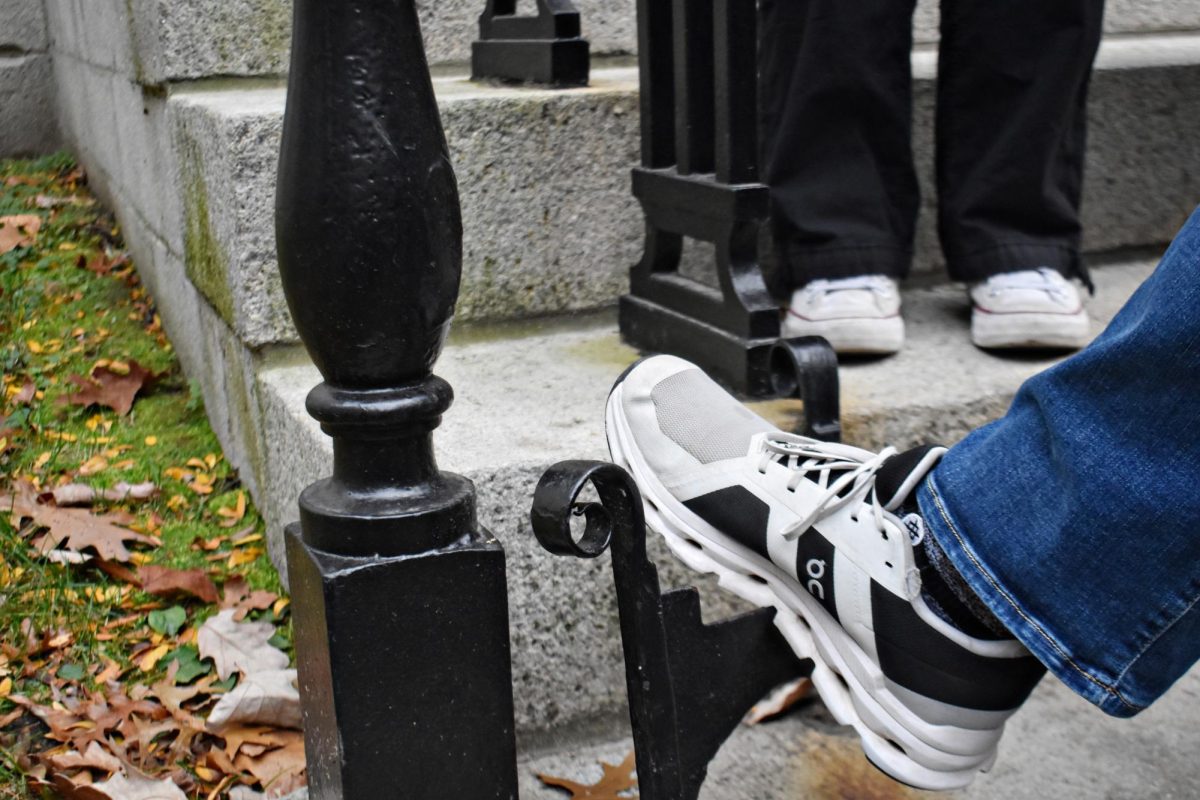
At older buildings on Harvard’s campus, black, iron decorations line every entrance. These are boot scrapers that were used to remove mud and dirt off one’s shoes before entering indoors. Boot scrapers got into use in the United States in the 18th and 19th centuries.
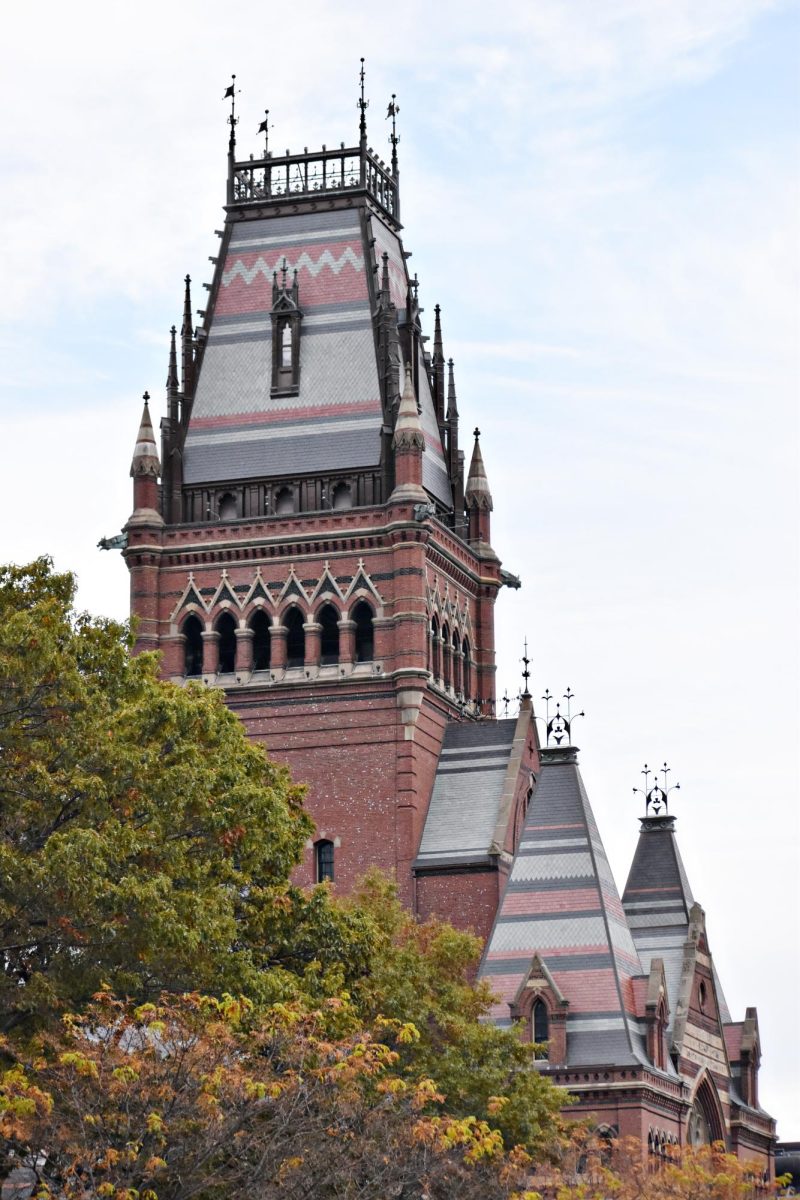
Not far from the science building is the Annenberg Hall, a 9,000 square foot building where first-year students dine. Students who continue to attend Harvard after their first year are distributed among 12 upper-level houses for their dining experiences, rather than within this particular hall.
The architecture inside is a Gothic style, which is often admired and compared by students to the Great Hall in the “Harry Potter” movie series. Although there is no sorting hat that determines one’s house, nor any broom-flying lessons, there is plenty more to discover and view within the campus of Harvard University.
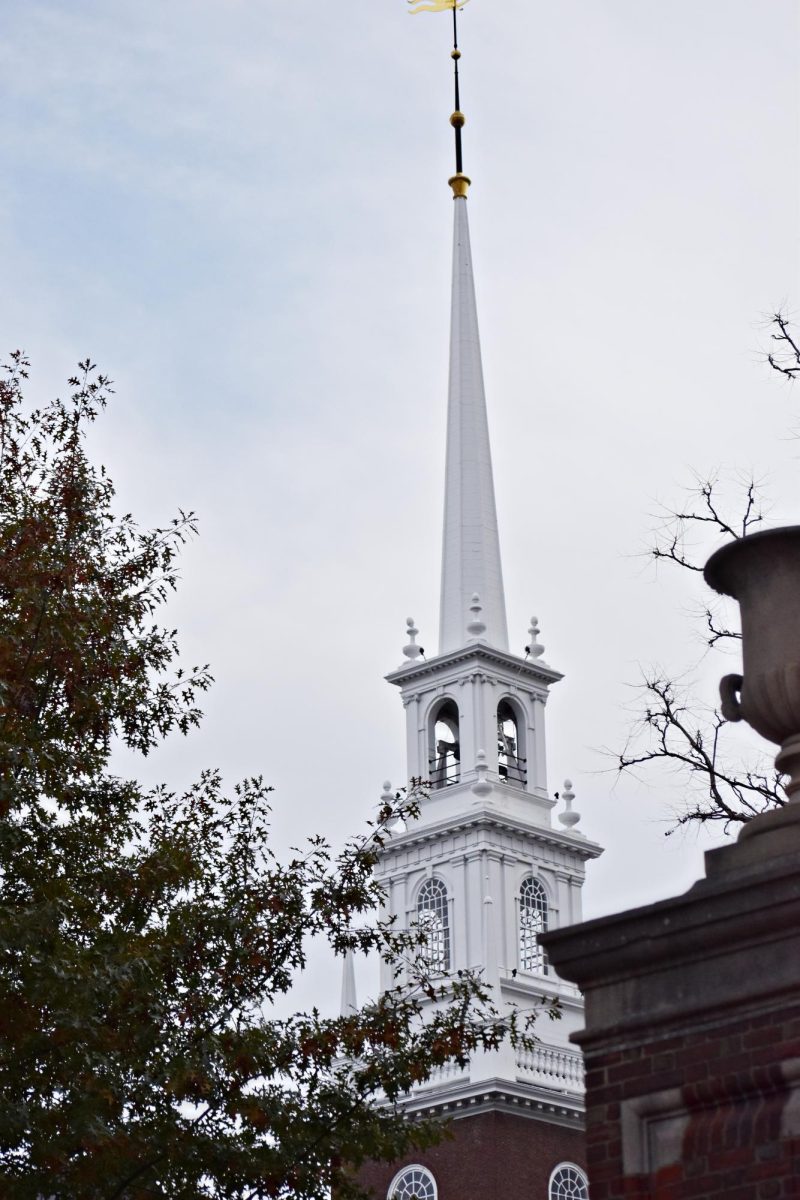
Although it is common for older universities to be religiously-based, and therefore have churches dedicated to specific faiths, the Memorial Church is open to all attending Harvard University, and does not necessarily have an ultimate religious affiliation. The inclusive nature of this chapel allows all students to hold true to their faith, regardless of whatever religion they worship. Regular church services are held here, along with memorials, and even choir concerts.
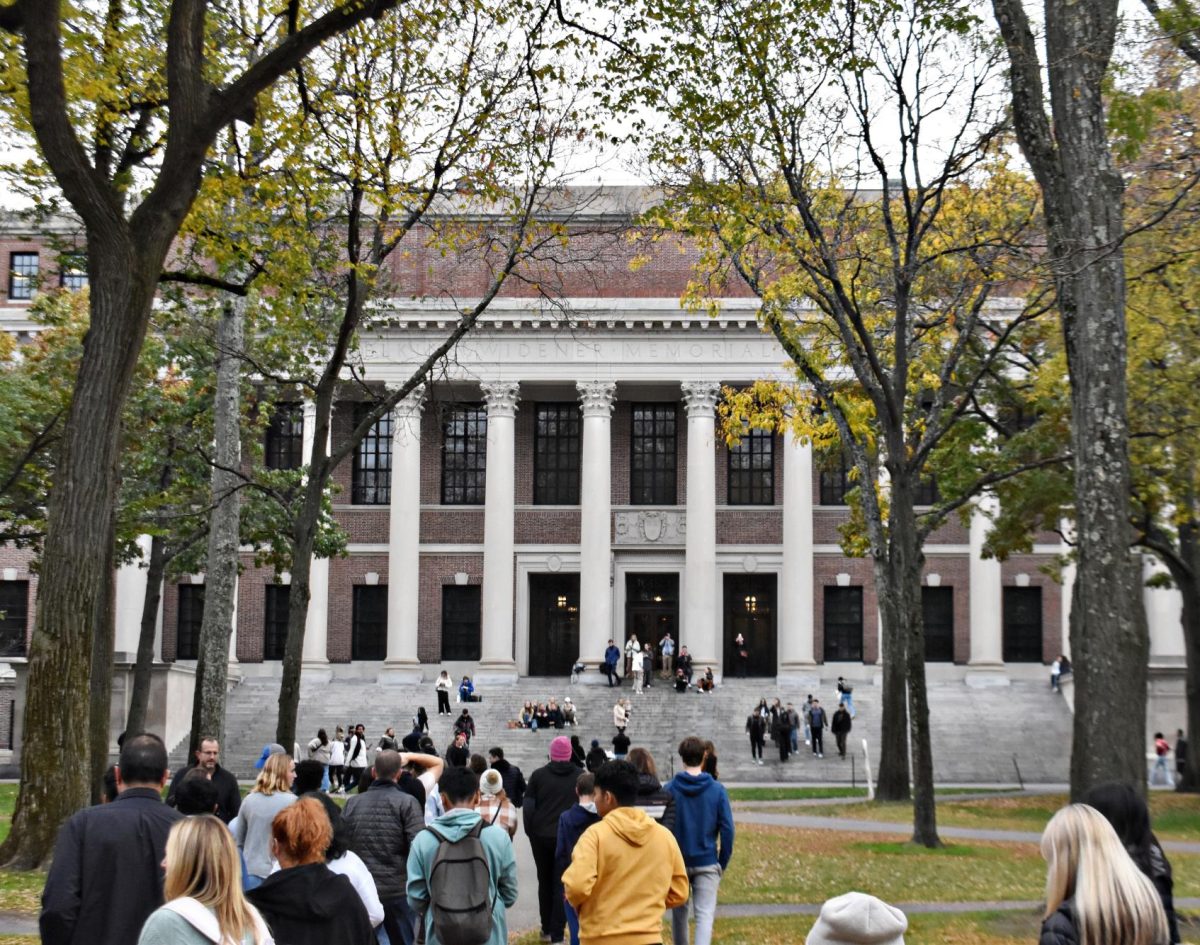
The Harry Elkins Widener Memorial Library at Harvard University is the largest academic library in the world. There are 20 million books within its four walls. Moreover, the library is not just the multi-level brick building pictured above: the library goes underground and stretches across the entire quad with its total 320,ooo square feet.
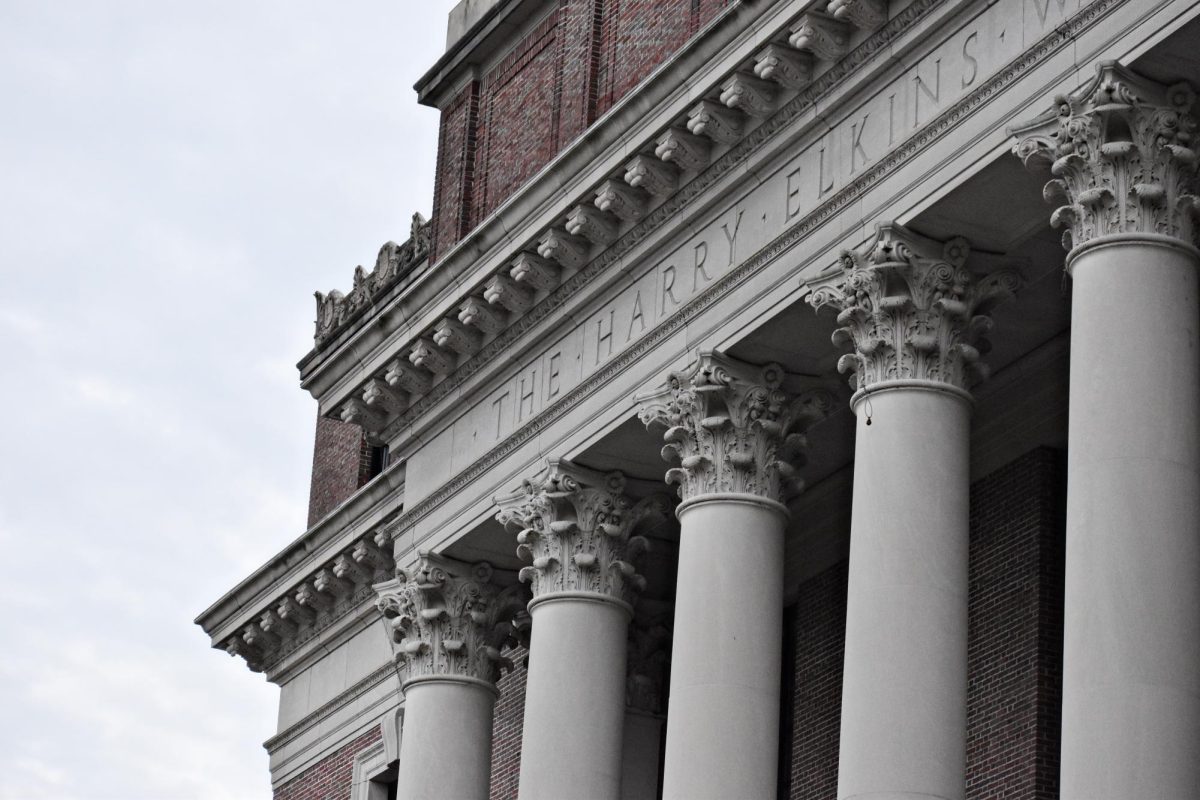
The Harry Elkins Widener Memorial Library was created in memory of the so-named Harry by his mother, Eleanor Elkins Widener.
Harry was a Harvard alumni who graduated in 1907. Over the course of his youth, he collected plenty of books, several of which (including a Gutenberg Bible) he was planning to donate to Harvard University upon his return from a trip to Europe with his parents.
His life met an unfortunate end upon the sinking of the Titanic. Although Harry’s mother survived, his father did not. According to student tour guide Grace, Harry’s mother was convinced that if Harry had known how to swim, then he would have survived the sinking of the ship. Upon her sizable donation to the university, which was to be used for the construction of the library in her son’s name, she requested there be a swim test required of all Harvard graduates, so other students would not meet the same fate as her son.
The test ceased at some point in the 1970s.
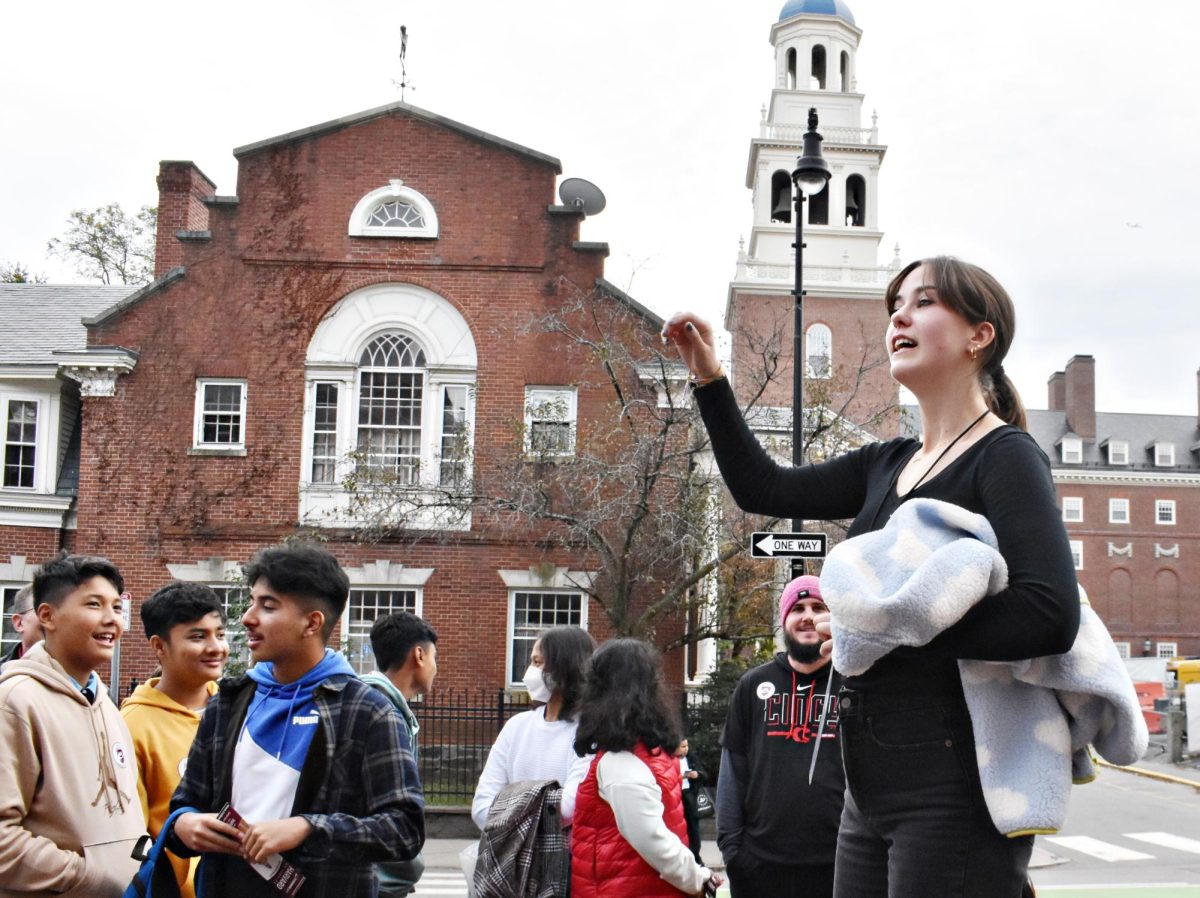
Being guided by a student allows visitors to truly learn insider information about Harvard’s campus culture. Student tour guide Grace said that Harvard has a unique tradition during finals week: the night before exams, students participate in a “primal scream.” They meet at the center of Harvard’s campus late just before midnight and scream as loud as they can in unison.
Apparently, streaking is part of this ritual.
So those visiting this Boston campus just before the holidays should not be alarmed by any oddities they see or hear.
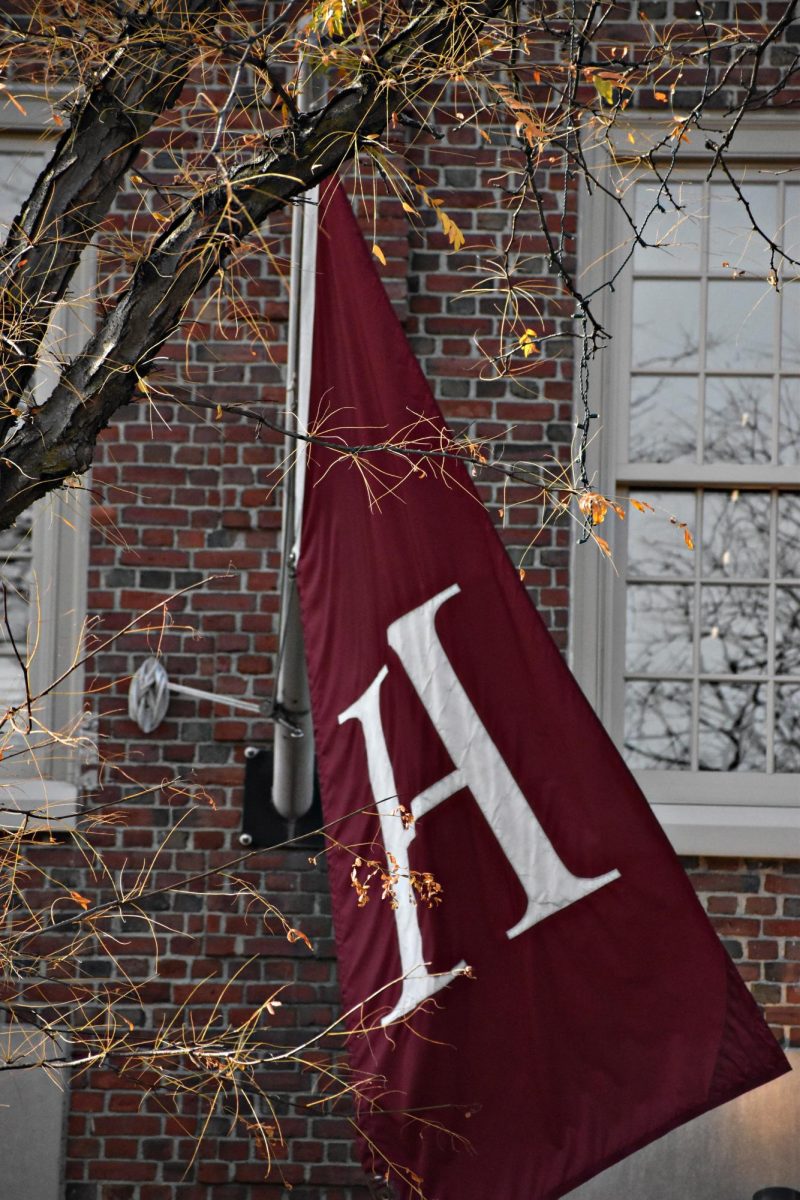
A Harvard flag of deep red with a bold “H”, blows in the wind as the tour concludes.
Those attending the tour were given stickers at the beginning, and were kindly asked to either discard or journal their sticker, despite the several amounts of stickers on lamp posts and signs when walking in Harvard Square.
No tour is complete without a visit to the campus gift shop where individuals can purchase merchandise ranging from clothing, such as sweaters and t-shirts, to small items like pens and stickers.
Although, not all souvenirs have to come from the gift store: even a leaf from the Harvard grounds will do.


